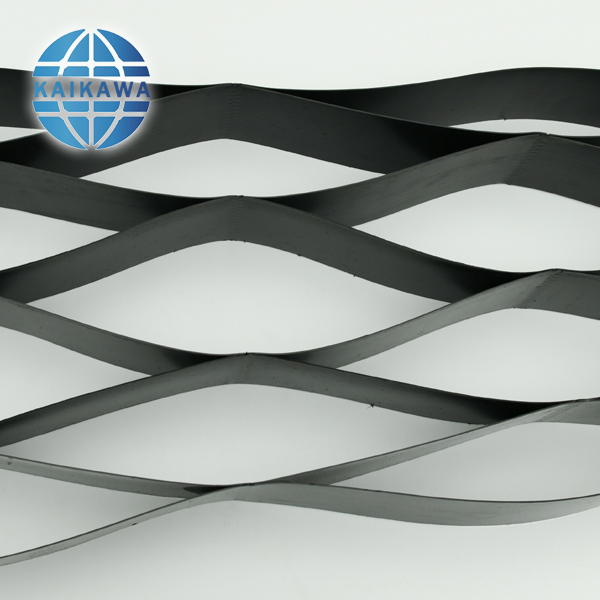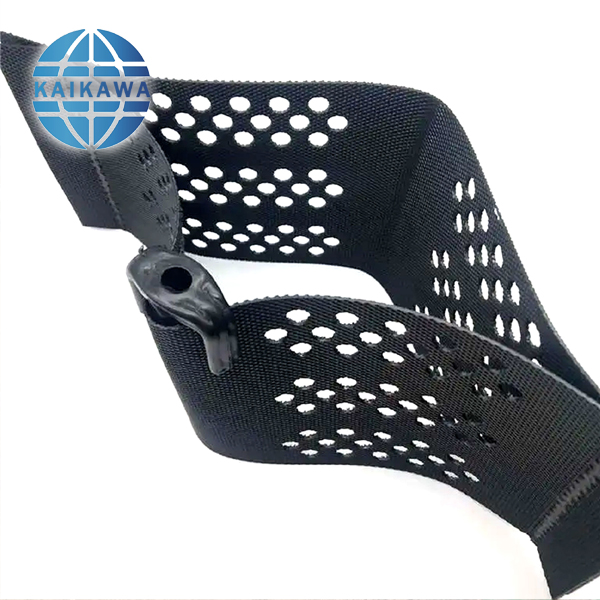蜂窝限制系统
グラベルフィックス
Cellular confinement
- Geocell
- Geomembrane
- Uniaxial geogrid
- Biaxial geogrid
- Geotextile
- EVOH Geomembrane
- Warp-knitted geogrid
- Geosynthetic Clay Liner
- Composite Geonet
- Self - adhesive waterproof membrane
- Mining high-strength polyester fiber mesh
- Composite anti-permeability material
- Graebel Fix
- Safety net
- Weed control sheet
- Flexible container bag
- Dimpled Drainage Sheet
- Composite Materials
- Other synthetic materials
- Geomembrane in environmental protection engineering
- Application of geomembrane in water conservancy
- Application of geomembrane in aquaculture
- Application of geomembrane in chemical industry
- Geomembrane in mining engineering
- geocell for retaining walls
- geocell for slope stabilization
- geocell for road construction
- geocell for permafrost
- Geotextiles in slope protection projects
- Project to Strengthen Weak Infrastructure
- Landfill Isolation Project
- Application of geocell in mining area
- Application of HDPE geogrid in retaining wall
- geocell for retaining walls
- geocell for beach erosion
- geocell for landfill
- geocell for drainage
- Application of three-dimensional composite drainage network in landfill
- Application of three-dimensional composite drainage network engineering
- Parking lot new product application
- Top
- Features
Product Details
Cellular confinement systems (CCS)—also known as geocells—are widely used in construction for erosion control, soil stabilization on flat ground and steep slopes, channel protection, and structural reinforcement for load support and earth retention. Typical cellular confinement systems are geosynthetics made with ultrasonically welded high-density polyethylene (HDPE) strips or novel polymeric alloy (NPA)—and expanded on-site to form a honeycomb-like structure—and filled with sand, soil, rock, gravel or concrete.
Research and development of cellular confinement systems (CCS) began with the U.S. Army Corps of Engineers in 1975 to devise a method for building tactical roads over soft ground.Engineers found that sand-confinement systems performed better than conventional crushed stone sections and they could provide an expedient construction technique for access roads over soft ground, without being adversely affected by wet weather conditions. The US Army Corps of Engineers in Vicksburg, Mississippi (1981) experimented with a number of confining systems, from plastic pipe mats, to slotted aluminum sheets to prefabricated polymeric systems called sand grids and then, cellular confinement systems. Today cellular confinement systems are typically made from strips 50–200 mm wide, ultrasonically welded at intervals along their width. The CCS is folded and shipped to the job site in a collapsed configuration.

Features
Confinement: The cell walls confine the infill material, preventing lateral movement. This increases the material's shear strength and load-bearing capacity.
Load Distribution: Geocells distribute loads over a wider area, reducing stress on the underlying soil.
Reinforcement: They create a stable, reinforced layer that can withstand heavy loads and resist erosion.
Key Applications:
Soil Stabilization:
Used to stabilize slopes, embankments, and foundations.
Helps prevent soil erosion.
Load Support:
Used to reinforce roads, railways, and other infrastructure.
Increases the bearing capacity of weak soils.
Erosion Control:
Used to protect shorelines, channels, and slopes from erosion.
Vegetation Support:
Used to create stable growing environments for vegetation on slopes and in other challenging areas.
Benefits:

Increased soil stability and strength.
Reduced erosion.
Improved load-bearing capacity.
Enhanced drainage.
Cost-effective and environmentally friendly solutions.
In essence, cellular confinement provides a way to improve the mechanical properties of soil, making it more suitable for a wide range of engineering applications.



